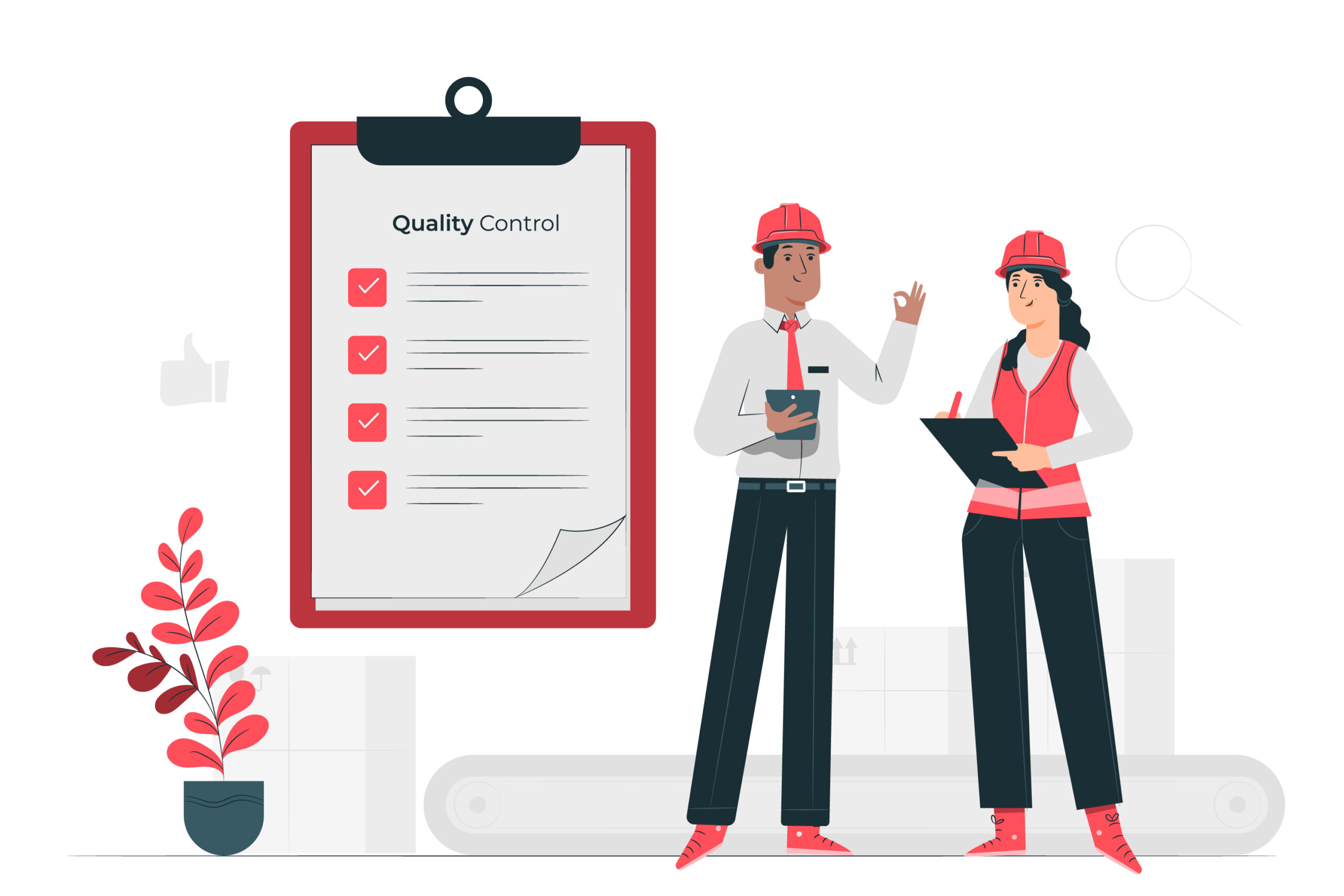Occupational Health and Safety (OHS)

About Course
This comprehensive course provides participants with the foundational knowledge and practical skills to effectively manage health and safety in the workplace. Moving beyond simple compliance, this program focuses on building a proactive safety culture that protects employees, reduces organizational risk, and enhances operational efficiency. Participants will learn to identify, assess, and control workplace hazards, understand their legal rights and responsibilities, investigate incidents, and contribute to the development and implementation of a robust OHS Management System.
Course Content
Introduction to OHS Principles
-
Detailed Lesson Content
-
foundation of all safety management
-
Key Takeaways/Summary
Workplace Hazard Identification
Safety Signs and PPE
Accident Reporting and Investigation
Regulatory Standards (OSHA, ISO)
Safety Drill Coordination
Assessment: Site safety plan + final test
Final Exam
Certification: OHS Compliance Officer
Student Ratings & Reviews

No Review Yet